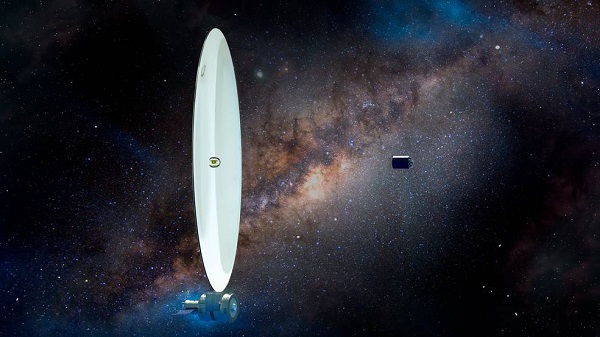Washington, (Asian independent) An astronaut, part of the recent private mission to the International Space Station (ISS) American space habitat company Axiom Space, is set to test the making of a liquid telescope mirror in space.
NASA’s Fluidic Telescope Experiment (FLUTE) is a programme designed to explore whether it was possible to make high-precision lenses and mirrors in space using liquids.
Ax-1 Mission specialist Eytan Stibbe will perform the experimentA to see if fluids can be used to create lenses in microgravity.
The experiment will take place entirely in microgravity using liquid polymers and will use either UV light or temperature to harden them in-orbit.
The lenses will then return to Earth where researchers at NASA’s Ames Research Center in California will study them.
“In microgravity, liquids take on shapes that are useful for making lenses and mirrors, so if we make them in space, they could be used to build telescopes that are dramatically bigger than was previously thought possible,” Edward Balaban, principal investigator of the FLUTE, at Ames.
The research team, which comprises scientists from NASA’s Ames Research Center, NASA’s Goddard Space Flight Center, and the Technion – Israel Institute of Technology, has already demonstrated the technology twice. First in simulated microgravity in water on Earth, then on ZeroG parabolic flights, which offered researchers 15- to 20-second-long periods of microgravity.
Using a laser to take ultra-fast and ultra-exact measurements, they were able to see the precise moment the liquid took shape.
“Sure enough, in a few seconds we were able to create a free-standing liquid lens – until the plane lifted upwards again and gravity kicked in and the oils oozed out,” said Moran Bercovici, an associate professor of Mechanical Engineering at Technion.
“Our experiment on the space station will add a step to cure the fluids so they keep their shape,” he added.
If the experiment is successful, “it will be the first time an optical component is made in space,” said Balaban. “It feels a bit like making history.”








